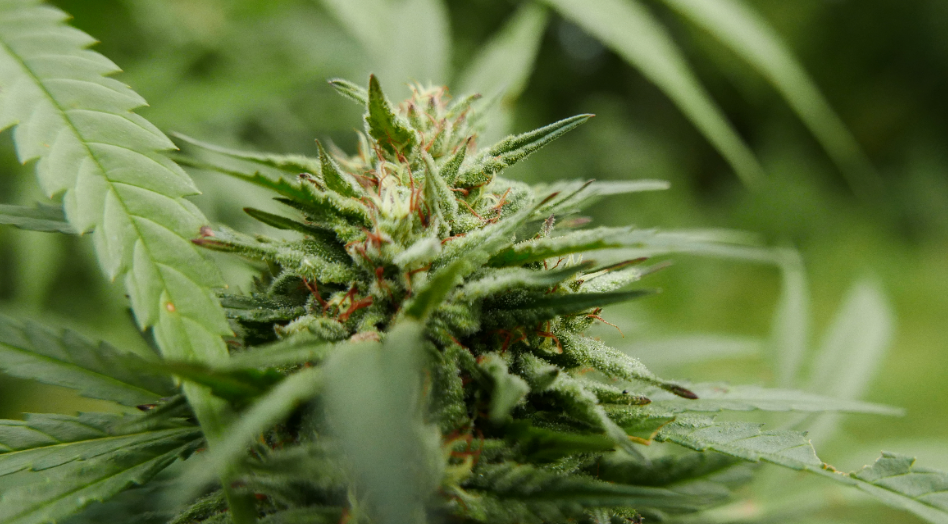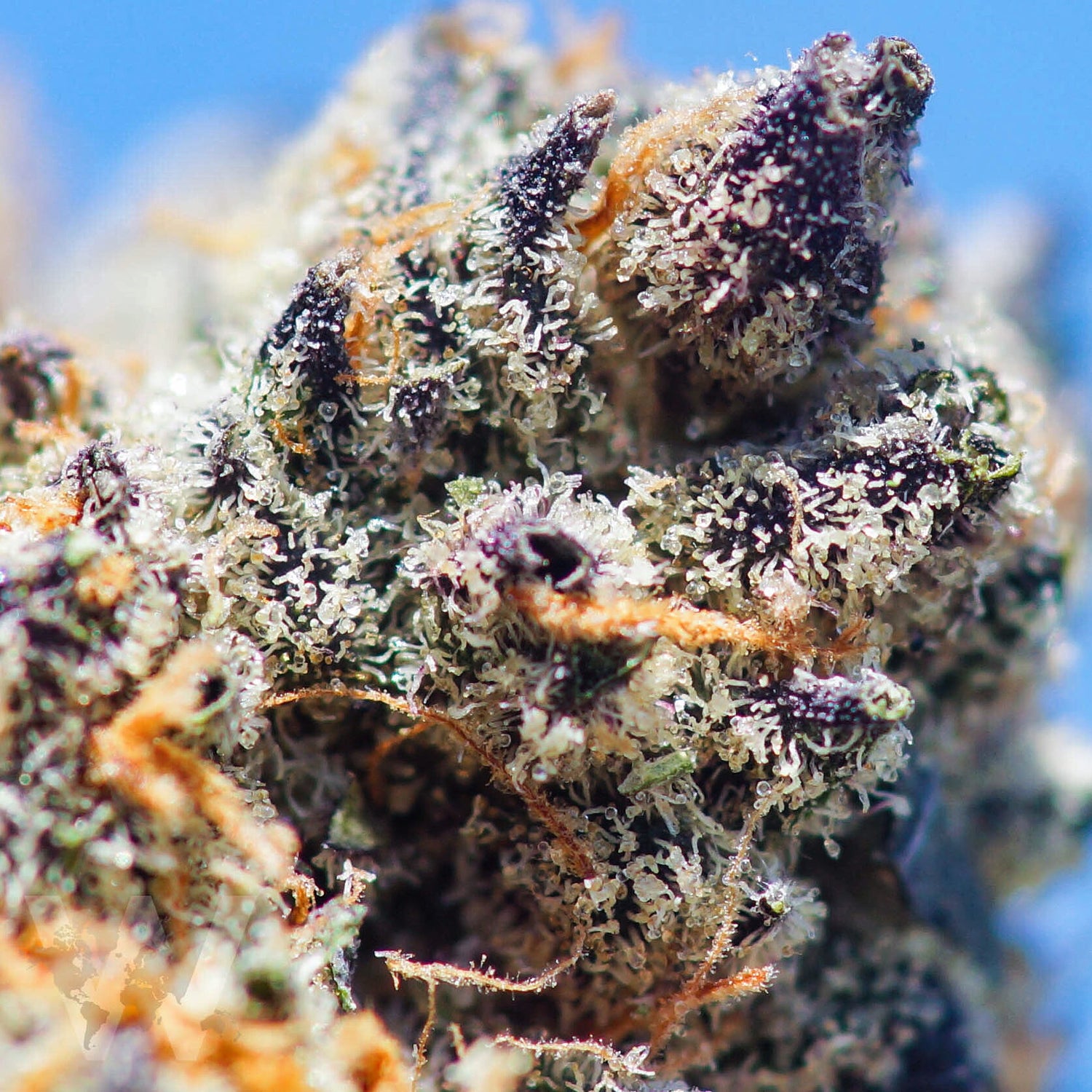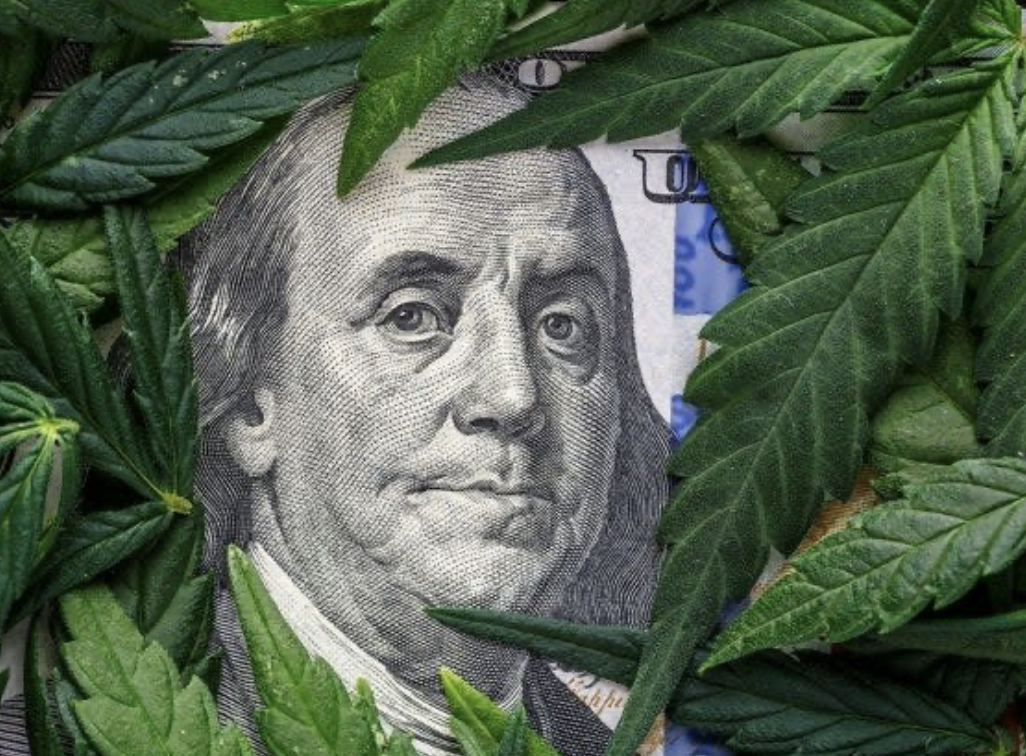The Endocannabinoid System - not just for receiving CBD and cannabis!

What is the Endocannabinoid system
Head, shoulders, knees and toes, (knees and toes.)
Remembering back to middle school science, scratching our heads today to wonder why we are drawing blanks when thinking about the Endocannabinoid system? Well, the Endocannabinoid system was not taught in school, so don't beat yourself up about not recalling the pop quiz you studied for on this.
Just like your nervous system, your reproductive system, your respiratory system - you have an Endocannabinoid system! This is responsible for not only yourneuronal synaptic communication, it affects biological functions—including eating, anxiety, learning and memory, reproduction, metabolism, growth and development—via an array of actions throughout the nervous system.
The endocannabinoid system has been recently recognized as an important modulatory system in the function of brain, endocrine, and immune tissues. It appears to play a very important regulatory role in the secretion of hormones related to reproductive functions and response to stress. When dealing with THC and CBD directly, the Endocannabinoid system is responsible for delivering the cannabinoids found in Hemp and Cannabis directly to the problem areas.
The ECS involves an immense organization of compound signs and cell receptors that are thickly stuffed all through our cerebrums and bodies. Many of the other types of brain receptors are outnumbered by the "cannabinoid" receptors, or CB1 receptors. They behave like traffic police to control the levels and action of the majority of different synapses. This is the manner by which they control things: by quick input, turning up or down the action of whichever framework should be changed, whether that is yearning, temperature, or sharpness.
To invigorate these receptors, our bodies produce particles called endocannabinoids, which have an underlying likeness to particles in the marijuana plant. The first endocannabinoid that was found was named anandamide after the Sanskrit word ananda for delight. In our brains, we all have tiny molecules that look like cannabis. The cannabis plant, which has been used by humans for approximately 5,000 years, essentially hijacks this ancient cellular machinery to exert its effects.
The CB2 receptor, a second type of cannabinoid receptor, is mostly found in our immune tissues. It is important for controlling how our immune system works and helps control intestinal inflammation, contraction, and pain in inflammatory bowel conditions. CB2 receptors are especially interesting focuses of medication advancement since they don't cause the high connected with pot that invigorating the CB1 receptors does (which is many times an undesirable aftereffect).
Science has demonstrated that ongoing, second rate irritation can transform into a quiet executioner that adds to cardiovascular illness, malignant growth, type 2 diabetes and different circumstances. Experts from Harvard Medical share straightforward strategies for reducing inflammation and maintaining health.

The ECS's job in learning and memory.
We realize that the ECS assumes a basic part in learning and memory because of a few lines of examination. The clearest perception is that one of the vitally results of high doses of sporting marijuana use is the impermanent interruption of transient memory. Memory gets back to business as usual with forbearance. Advanced research has also been done on how THC, the active ingredient in cannabis, alters both the short-term memory of humans and the patterns seen on functional brain imaging, as well as how humans acutely respond to THC administration.
As per the famous author Michael Pollan in his top of the line book The Herbal science of Want, pot is one of the plants that people have developed, or co-advanced with, for millennia. According to Pollan's writing, this is in part due to the fact that the act of forgetting is crucial to our brains' ability to function without being overloaded with data from our senses, which we are constantly presented with. That's what pollan guesses in the event that we remembered, we wouldn't work, and pot assists us with doing this. The ECS's role in forgetting also makes it possible to treat PTSD, a condition in which people can't help but remember unpleasant, intrusive memories that cause a whole syndrome of troublesome and dangerous symptoms related to pathological remembering.
The cautionary tale of the drug rimonabant, a drug that blocks the CB1 receptor, is an interesting example of the central role the ECS plays in so many crucial functions. The ECS's role in hunger and fine-tuning medications for weight loss It was created as an enemy of stoutness drug. The reasoning was that the ECS controls hunger. We know this because, among other things, cannabis can give you "the munchies," so blocking the CB1 receptor should make you lose weight. Rimonabant was effective in causing weight loss. But, since the ECS likewise directs mind-set, it must be removed from the market on a crisis premise since individuals who were taking it were becoming self-destructive. However, as we gain a better understanding of the complexities of the ECS, we may be able to develop a medication for weight loss that targets cannabinoid receptors that influence weight loss but not mood control.
Studying the ECS may lead to the discovery of new drugs. At first, research on the ECS focused on trying to understand (and demonize) a drug that is illegal. However, more recent studies have focused on a much more comprehensive look at the ECS, which is a system that our bodies use to learn, feel, motivate, and stay in balance. We are genuinely at the beginning of a time of disclosure of the ECS and the advancement of new prescriptions that might assist with mitigating probably the cruelest sicknesses that individuals (and creatures) experience the ill effects of. I'm unquestionably eager to see what disclosures look for us as we keep on unwinding the secrets of the ECS.
Peter Grinspoon, MD, Contributor Illustration of the endocannabinoid system, which consists of a neuron and an immune cell. Many of us are familiar with some of the body's transmitter systems, like the sympathetic nervous system, which controls our fight or flight response. Less have known about the more as of late found endocannabinoid framework (ECS), which is astonishing when you consider that the ECS is basic for pretty much every part of our second to-second working. Learning and memory, emotional processing, sleep, temperature control, pain control, inflammatory and immune responses, and eating are all regulated and controlled by the ECS. At the moment, renewed international research and drug development are centered on the ECS.
A Concise Introduction to the Endocannabinoid System: How It Works, Functions, and THC/CBD Deficiency The endocannabinoid system (ECS) is a complex cell-signaling system that regulates a variety of body functions, including mood and sleep.
It was discovered by researchers studying THC, a well-known cannabinoid, in the early 1990s. Cannabinoids are molecules derived from cannabis and hemp.
Specialists are as yet attempting to comprehend the ECS completely. Be that as it may, up to this point, we realize it assumes part in controlling a scope of capabilities and cycles, including:
Sleep, appetite, memory, reproduction, and fertility are all affected by the ECS, which is present and working in your body even if you don't use cannabis.
Continue reading to find out more about the ECS, including how it functions and how it reacts to cannabis.
How does it function?
The ECS includes three center parts: enzymes, receptors, and endocannabinoids.
Endocannabinoids
Endocannabinoids, likewise called endogenous cannabinoids, are atoms made by your body. They're like cannabinoids, yet they're created by your body.
So far, experts have identified two important endocannabinoids:
Anandamide (AEA)
2-arachidonoylglyerol (2-AG)
These assist with keeping inward capabilities chugging along as expected. They are produced as needed by your body, making it difficult to determine their typical levels.
Endocannabinoid receptors
These receptors are tracked down all through your body. Endocannabinoids tie to them to flag that the ECS needs to make a move.
There are two primary endocannabinoid receptors:
CB1 receptors, which are generally tracked down in the focal sensory system
CB2 receptors, which are generally tracked down in your fringe sensory system, particularly resistant cells
Endocannabinoids can tie to one or the other receptor. The effects that occur are determined by the endocannabinoid it binds to and the location of the receptor.
For instance, endocannabinoids could target CB1 receptors in a spinal nerve to ease torment. Others could tie to a CB2 receptor in your safe cells to flag that your body's encountering irritation, a typical indication of immune system problems.
Compounds
Compounds are answerable for separating endocannabinoids whenever they've completed their capability.
There are two main enzymes that are to blame:
unsaturated fat amide hydrolase, what separates AEA
monoacylglycerol corrosive lipase, which regularly separates 2-AG
What are its capabilities?
All the ECS is muddled, and specialists haven't yet resolved precisely the way that it works or its expected capabilities.
ResearchTrusted Source has connected the ECS to the accompanying cycles:
craving and assimilation
digestion
ongoing torment
irritation and other safe framework reactions
mind-set
learning and memory
engine control
rest
cardiovascular framework capability
muscle arrangement
bone rebuilding and development
liver capability
conceptive framework capability
stress
skin and nerve capability
These capabilities all add to homeostasis, which alludes to solidness of your interior climate. For instance, if an external power, for example, torment from a physical issue or a fever, loses your body's homeostasis, your ECS kicks in to assist your body with getting back to its optimal activity.
Today, experts believe that the ECS's primary function is to maintain homeostasis.
How does THC associate with the ECS?
One of the main cannabinoids in cannabis is tetrahydrocannabinol (THC). The compound gets you "high." As you smoke cannabis, the THC molecules enter the bloodstream via the lungs, and are directly sent to the THC receptors in the brain, to deliver the "high" feeling.
Once in your body, THC collaborates with your ECS by restricting to receptors, very much like endocannabinoids. It's strong halfway on the grounds that it can tie to both CB1 and CB2 receptors.
Because of this, it can have a variety of effects on your mind and body, some of which are better than others. For instance, THC might assist with decreasing agony and invigorate your craving. However, it can likewise cause neurosis and uneasiness at times.
Specialists are as of now investigating ways of creating engineered THC cannabinoids that connect with the ECS in just advantageous ways.
What is the CBD's relationship to the ECS?
Cannabidiol (CBD) is the other major cannabinoid found in cannabis. Dissimilar to THC, CBD doesn't make you "high" and ordinarily causes no adverse consequences.
Experts are unsure exactly how CBD affects the ECS. Yet, they truly do realize that it doesn't tie to CB1 or CB2 receptors the manner in which THC does.
Instead, many people believe that it prevents the breakdown of endocannabinoids. This permits them to affect your body. Others accept that CBD ties to a receptor that hasn't been found at this point.
Research indicates that CBD may be able to alleviate pain, nausea, and other symptoms associated with a variety of conditions. However, the specifics of how it works are still up for debate.
What about an absence of endocannabinoids?
A few specialists put stock in a hypothesis known as clinical endocannabinoid lack (CECD). This hypothesis recommends that low endocannabinoid levels in your body or ECS brokenness can add to the advancement of specific circumstances.
A 2016 article Trusted Source investigating north of 10 years of examination regarding the matter recommends the hypothesis could make sense of why certain individuals foster headache, fibromyalgia, and touchy gut disorder.
None of these circumstances have an unmistakable fundamental reason. They're likewise frequently impervious to treatment and some of the time happen close by one another.
In the event that CECD assumes any sort of part in these circumstances, focusing on the ECS or endocannabinoid creation could be the missing key to treatment, yet more exploration is required.
The primary concern - how does it help me feel better?
Even today, the methods are unknown, but the results can not be questioned.
CBD works in the body to help regular functions like sleep, boost mood, relieve stress, and minimize pain at the spot. Depending on what specific ailment you face, you may enjoy a CBD topical like the Inflamade Deep Healing Cream for localized pain. For sleep, the Inflamade CBN Snooze Vegan CBD Gummies, or the Inflamade CBD Oil Drops can help.
The ECS assumes a major part in keeping your inward cycles stable. However, there is still a lot that is unknown about it. As specialists foster a superior comprehension of the ECS, it could ultimately hold the way to treating people and helping us overcome disease as we learn more about our biology.
Sources:
https://www.health.harvard.edu/blog/the-endocannabinoid-system-essential-and-mysterious-202108112569

Cbd 101
The Endocannabinoid System
The root of it all, the magical ECS and how it does more than just serve us THC and CBD.

cbd 101
What is CBD?
A deep dive into CBD - where it comes from, why its important, and the different uses.

Cbd 101
Proper CBD Dosing & Proper THC Dosing.
The official guide on how dose for desired effect.


CBD 101
CBD vs. THC
And everything you need to know about using them individually and together.


Cbd 101
Legalize! A brief history of Cannabis and CBD.
Why its been illegal so long and the challenges we still face today.

CBD 101
Hemp! What is it good for?
Medical and Industrial uses of hemp, the plant with the most potential to save the world.
